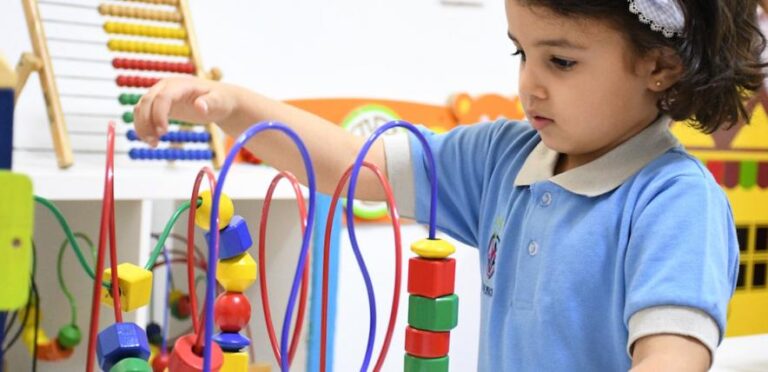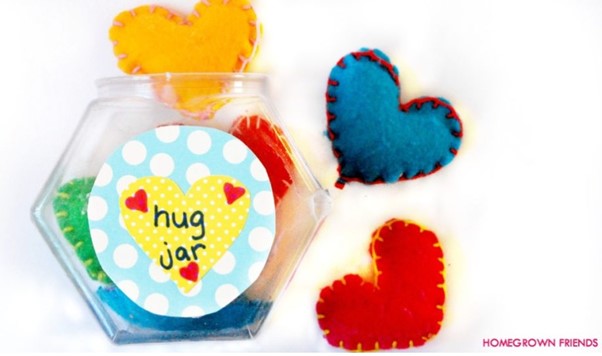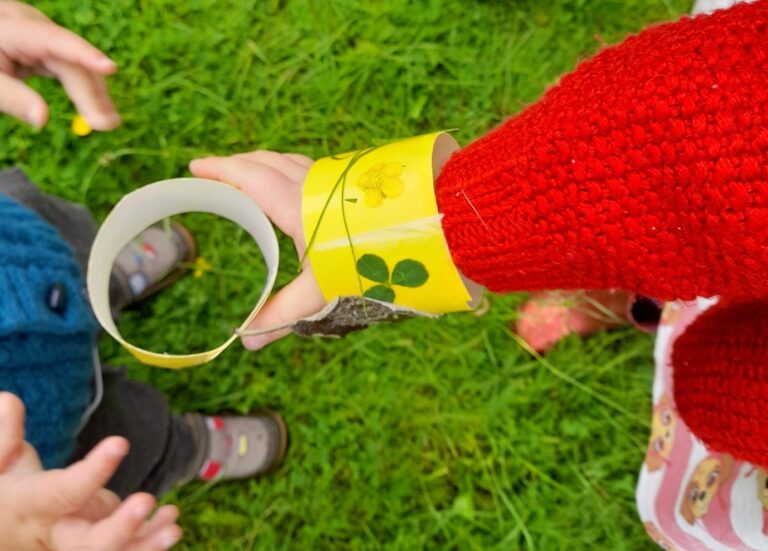Does your baby throw their food off the highchair tray every mealtime? Does your toddler always hide in the rails of clothes when you’re shopping? Does your preschooler insist on separating out all the different foods on their plate before eating them? Behaviour like this might seem annoying, even challenging at times. But it may just be that your child is exploring a ‘schema’.
Schemas (or schemata) are repeated patterns of behaviour through which children learn and make sense of things. They were first identified by the Swiss psychologist and child development expert Jean Piaget, who suggested that schemas are the basic building blocks of intelligent behaviour; a way in which children organise knowledge of the world.
In simple terms, a schema can be thought of as a strong urge or fascination that emerges in children’s behaviour and play. In babies, the first schemas you’ll observe are normally grasping (they’ll grab anything – your hair, your necklace, their toes, the cat!) and then tasting (books, shoes, mud, everything, goes into their mouth).
As children grow older different schemas start to appear. Some may be fleeting, others last for ages. Some children have lots, others very few. It’s common to notice two or three strong ones during your child’s earliest years.
Here are some schemas to look out for:
Trajectory – Children who have a trajectory schema explore movement and forces through throwing, jumping and kicking. Their behaviour can sometimes seem challenging – throwing food and toys, leaping on sofas, or kicking off their shoes, for example. If your child has a trajectory schema, help them pursue it through ball and frisbee games, trips to the playground, catching bubbles or balloons, squirting water, kicking fallen autumn leaves, trampolining, making paper aeroplanes, snowball games or playing Poohsticks.
Transporting – Children with a transporting schema are fascinated by taking things from place to place. They may fill bags, baskets and pockets with tiny objects to carry around, or load up toy buggies, trucks and ride-ons with things to move about. These children often love toy vehicles and sand play and will be delighted with a toy trolley, trailer or suitcase. They’ll probably like to help with the supermarket shopping too – loading items into the trolley, onto the conveyor belt, into bags, back home, and then into the kitchen cupboards.
Rotation – Children with a rotation schema are obsessed with spinning and turning. They may love to spin round until they get dizzy, or to be swung round by the arms. Look out for them turning knobs and lids, watching the laundry go round and round in the washing machine, or spinning the wheels on buggies, bikes and toy cars. Often their first scribbles will be round-and-round movements too. Ideal toys and activities to support a rotation schema include cogs, spinning tops, hula hoops, water wheels, disco balls, roundabouts, and of course anything with wheels.
Transforming – If your child likes to mix their breakfast into a mush or pour their juice into their dinner, it could be part of a transforming schema; a fascination with changing the state of things. Cooking, painting, making mud pies, and playing with ice, shaving foam or cornflour goop are all perfect activities to support this schema. You might find your little one also likes to transform things by cutting them up or taking them apart.
Enveloping – A child who loves to wrap themselves up the curtains or put blankets over their head, may be exhibiting an enveloping schema. It may not be just themselves they like to wrap up; children with this schema are also often fascinated with wrapping up objects and putting things inside envelopes and bags. They’ll love a dressing up box with plenty of shawls, scarves and belts, and enjoy helping prepare gifts and cards for parties.
Enclosing – Children with an enclosing schema love to hide in small spaces – in a laundry basket, under a bush or in a swimming pool locker, for instance. Den-making is often a favourite activity, so provide a play-tent or giant cardboard box, or set up a camp under the table or behind the sofa. Children with an enclosing schema may also enjoy making homes for dolls and teddies, as well as playing with Russian dolls and other nesting toys.
Connecting – Some children love to join objects, putting together toy train tracks and roadways, tying laces, sticking velcro, or using sticky tape and glue. Some like to disconnect them too – knocking down or pulling apart their creations can be part of their fascination. If this sounds like your child, provide plenty of construction toys and junk modelling materials, as well as opportunities to make (and destroy!) creations made from sand, play-dough or snow.
Positioning – A child who spends ages neatly lining up their toy vehicles, arranging their farm animals or sorting out the food on their plate is showing a positioning schema. They may be very particular about how they eat or what they wear, and might feel stressed by mess or sharing with other children. They’re likely to enjoy activities that support their interest in neatness and order, such as shape sorters, puzzles, dominoes and threading beads.
These are just a few of the most common schemas; there are many more you might observe, for example ‘up and down’, ‘orientation’, ‘boundary’ and ‘noisy’ schemas. If you watch the popular CBeebies television show Twirlywoos, you might notice that each episode – ‘Hiding’, ‘Wrapping’, ‘Connecting’, ‘Round and Round’ and so on – is based around a common childhood schema.
By recognising children’s schemas, we can understand their urges and motivations, and support them rather than thwarting and frustrating them. Develop your little one’s learning by offering resources, activities, outings and even foods they’ll find stimulating – and try not to get too annoyed when they throw their shoes out of the buggy or the TV remote ends up in their bag yet again!
If your child attends a daycare or preschool setting, ask the staff if they’ve noticed any schematic behaviour and how you and they can support this. As your child grows up, you may find that they’re drawn to others with the same schemas. And in adulthood, your child’s dominant schema(s) could eventually influence their choice of career, hobbies, home and relationships.
Written for the Early Years Alliance by Elyssa Campbell-Barr.










